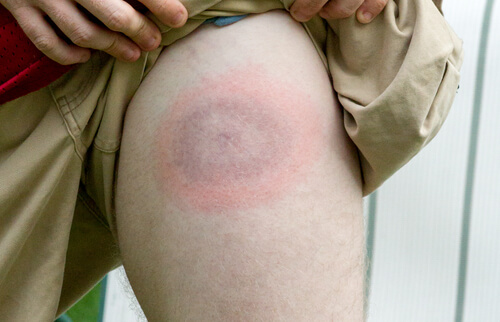 Lyme disease is transmitted by deer ticks. The ticks that spread lyme disease have increased their geographical spread. It is now reported that these ticks are found in around half of the counties in 43 out of the 50 states.
Lyme disease is transmitted by deer ticks. The ticks that spread lyme disease have increased their geographical spread. It is now reported that these ticks are found in around half of the counties in 43 out of the 50 states.
This debilitating disease is caused by the spirochete bacteria. One of the reasons that lyme disease is not reported enough is because the symptoms of the disease are often similar to many other types of ailments. This makes it very difficult to diagnose.
Lyme disease is often divided into 3 categories, which are acute, early disseminated, and late disseminated. However, the progression of the disease varies by individual and not everyone who has the disease will go through each stage. A person with lyme may react to the disease in different ways. Below is a list of 11 common symptoms and signs of lyme disease all of which a person may or may not experience.
1. Rashes
If you are bit by a tick that has the bacteria that causes lyme disease, a rash may appear. This rash will typically either be a solid red oval shape or look like a bull’s eye. The bull’s eye will have a central red spot that is surrounded by a clear area and then a wider red circle around that. The rash may appear anywhere on the body, not just where the tick was located.
The rash will typically not itch and it is quite flat. This rash is a sign that the infection is spreading through the skin tissues. It will typically expand and then resolve with time, even if no treatment is given. In fact, about thirty percent of people who have lyme disease do not remember getting the rash. Typically, this rash will appear within 3 to thirty days of being exposed to the bacteria. If you notice a rash, make sure that you take a picture of it and take it to your doctor so that you get the appropriate treatment.